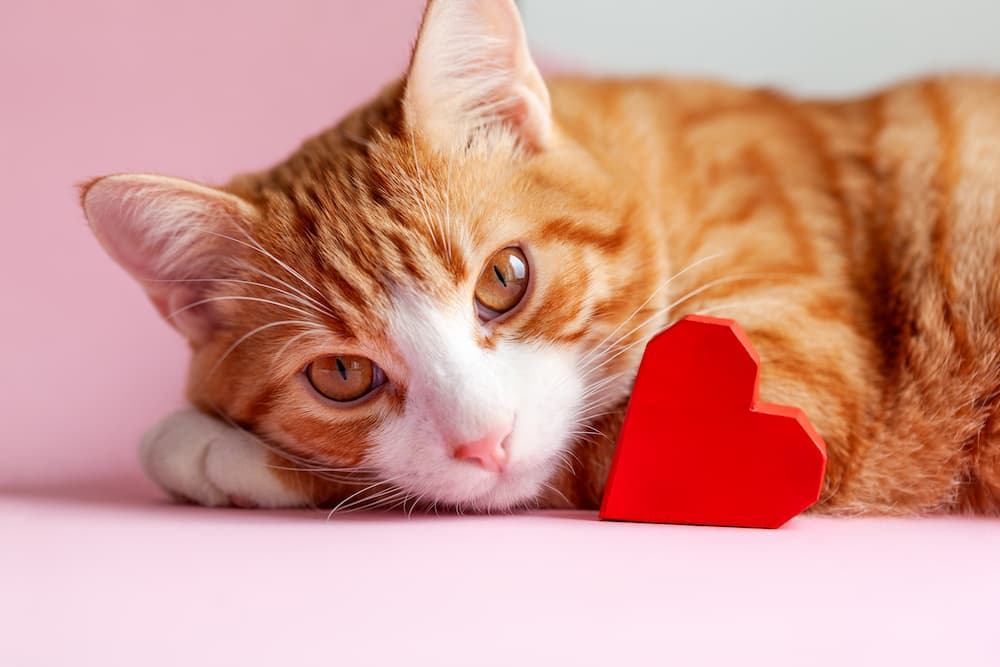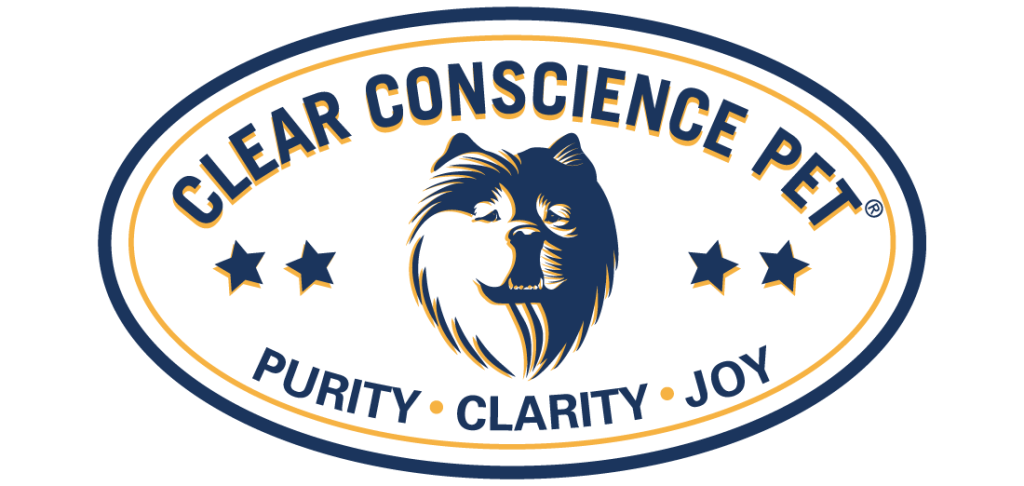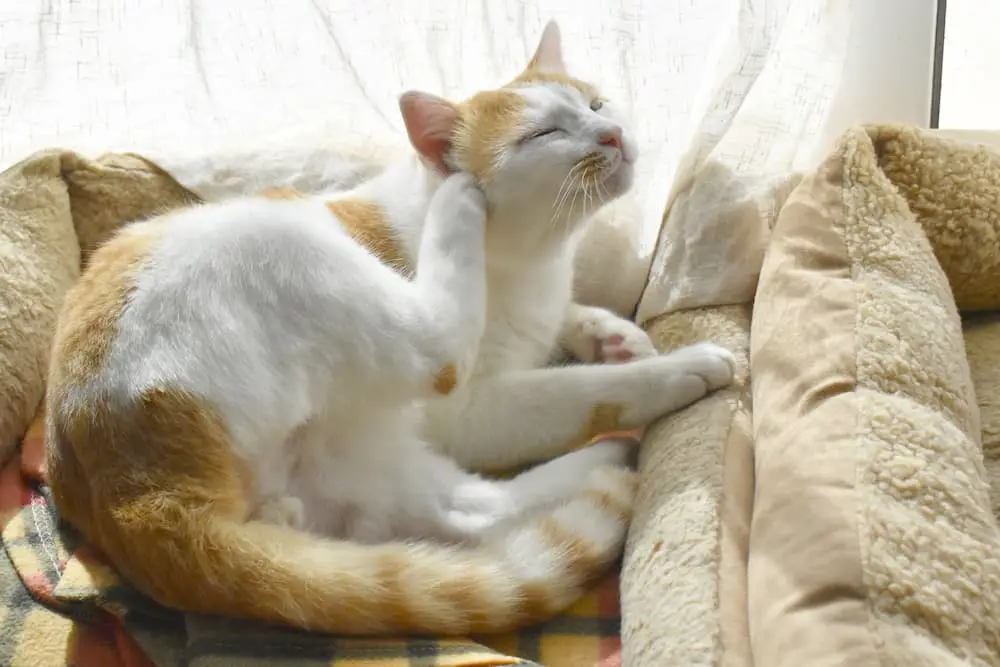How much do we LOVE our cats on Valentine’s Day, and every other day? So much that most of us treat them just like human family, or better! We include them in holiday gift giving, give them birthday parties, and spend a fortune on the best food, treats, veterinary care, and accessories. Most cat lovers allow feline family members share their beds every night. Cats have access to anywhere and everywhere in the house, including any furniture that they find comfy, countertops, baskets full of warm clean laundry, and even the kitchen sink where many prefer to drink instead of from their water bowls.

All of this is wonderful and entertaining. Well, OK, let’s say that most of it is. Occasionally, being cats, they will wreak havoc in your home, destroy Grandma’s heirloom quilt, knock over a tiffany lamp, and finish off the day by peeing in your freshly made bed if they are annoyed with you for whatever reason. And as all cat people know, a great petting session complete with loud purring can instantly go wrong and result in a quick bite or blood-drawing scratch. But do we get mad? No. After all, they’re cats! We know what we’re dealing with and love ‘em just the same.
But when it comes to their health, happiness, and longevity, how can we REALLY show love for our cats? The answer is, by feeding them properly, as carnivores are meant to be fed. Feeding the right foods and supplements in appropriate quantity proves that you’re not just a feline’s friendly servant, you’re a true cat parent. Following are a few tips on making smart nutritional choices for your cats. Following these guidelines will give your cat the best gifts of all on Valentine’s Day and every day: better health, good energy, weight management, greater longevity, and the best possible quality of life.
Seven Smart Ways to Love Your Cat with Better Nutrition: NUTRITION is the foundation of all animal health, but it can be daunting to the busy cat guardian to sort through hundreds of pet foods. With such a wide range from the most basic “economy” foods to high-end natural pet foods, and huge price differences among them, it’s not easy to choose. One of the best ways to love your cat on Valentine’s Day is to do a yearly “nutrition checkup.” Re-examine the food and treats you are providing and see how they measure up against the following recommendations.
#1: CARBS DON’T LOVE CATS! Reduce carbohydrates in your carnivore’s diet.
Cats are“obligate carnivores,” which means that their evolutionary biology demands that they consume a large part of their diet in meat protein to live their best life. Cats don’t fully utilize high carbohydrate diets such as those based with wheat, corn, or rice. Look for foods with more meat ingredients high up on the list. These include chicken, turkey, and other poultry; fish; beef; lamb, and other meat proteins.
#2: Grain-free foods are great…if they are low in carbs!
The grain-free pet food movement is based on good science, since as we just said, carbs are bad for cats, and grains are mostly all carbs and fiber. But now that so many foods are grain-free, you must learn to tell the difference between “grain-free” and low-carb foods that are high in meat protein content. Ingredients like peas, tapioca, sweet potato, carrots, and other non-meats are not grains, but they are carbohydrate-heavy. And the word “heavy” is important here because carbohydrates contribute more to feline obesity than any other food source. Fat cats are usually eating too much high-carb kibble and not enough quality digestible meat protein.
#3: HUNT down cat foods with MEAT PROTEIN at the top of the ingredient list:
This can come either in the form of whole muscle meats, usually labeled simply as “chicken,” “beef,” or “lamb,” etc., or concentrated meat proteins listed as “chicken meal, beef meal, lamb meal, etc. AVOID “by-product meals” or generic proteins labeled as “meat meal” or “meat and bone meal” without any source identified.
#4: AVOID any food or treat products with chemical preservatives:
Reject propylene glycol, all forms of glycerin including “vegetable glycerin,” BHA, BHT, propyl gallate, ethoxyquin, titanium dioxide, artificial colors, and other chemicals.

#5: BE YOUR CAT’S SWEETHEART, but not by giving them SUGARY snacks!
Your cat may be sweet, but their food should NOT be! Keep sugar out of your kitty’s food and treats. Be a “sweet tooth sleuth” and eliminate sugar, evaporated cane juice, high fructose corn syrup, maple syrup, honey, and other sugars from the diet. Sugar consumption often leads to obesity or diabetes. Treats should be high meat or meat and veggies with low carbs. A piece of cheese is a far better choice than a soft moist treat loaded with chemical preservatives
#6: Want your pets to really LOVE you at dinnertime? Give them healthy MOIST meals every day.
We know that most cat families offer a combination of canned food and kibble, with kibble available for grazing throughout the day and high-protein canned wet food being offered as the main meal. If you aren’t feeding this way, you should consider it for optimum digestion and stomach health. Think about it: wild cats don’t eat dry food! They eat game, which is nature’s “moist meal” for felines. Those eating only dry food are the cats most likely to develop urinary tract problems, digestive illnesses such as irritable bowel syndrome, and as mentioned above, they are far more likely to become overweight. Some cats don’t drink a lot of water, so it’s very important that they eat food that is that is well-hydrated at the molecular level instead of counting on them to hydrate themselves.
#7: Get to the heart of the matter- read those labels!
Do a food and treat label review, even if your brand says it’s “all natural.” It is a great phrase, but it doesn’t guarantee great products. It’s a little-known but sobering fact that the pet food and treats industry is under no uniform government or industry rules governing the use of the terms “Natural,” “All Natural,” or “Holistic” on a pet food or treat package.
Final Thoughts:
Today, too much of the food that we and our pets eat originates in the laboratory instead of the farm and kitchen. These “engineered foods” are marketed to us by multinational mega corporations and sold to us as convenient, safe, and healthy.
There is some truth there: highly processed and refined foods with unintelligible ingredients ARE convenient– for the manufacturer. They are safe—if one is concerned only about short-term safety in terms of the absence of pathogens rather than the long-term effects of a chemical-laden diet. Highly processed commercial pet foods aren’t healthy for cats, but they reap very healthy profits for the multibillion-dollar pet food industry.
Use common sense. If one or several ingredients in a pet food or treat are things you don’t recognize, or can’t even pronounce, why would you want to feed them to your pets? Learn how to feed a naturally healthy and biologically appropriate high-protein diet to your cute and cuddly carnivore. That’s the true path to better health, vitality, and longevity.
Happy Valentine’s Day to you and your feline family members!
by Anthony Bennie and Amanda Malone Bennie
Co-Founders, Clear Conscience Pet LLC https://www.clearconsciencepet.com








